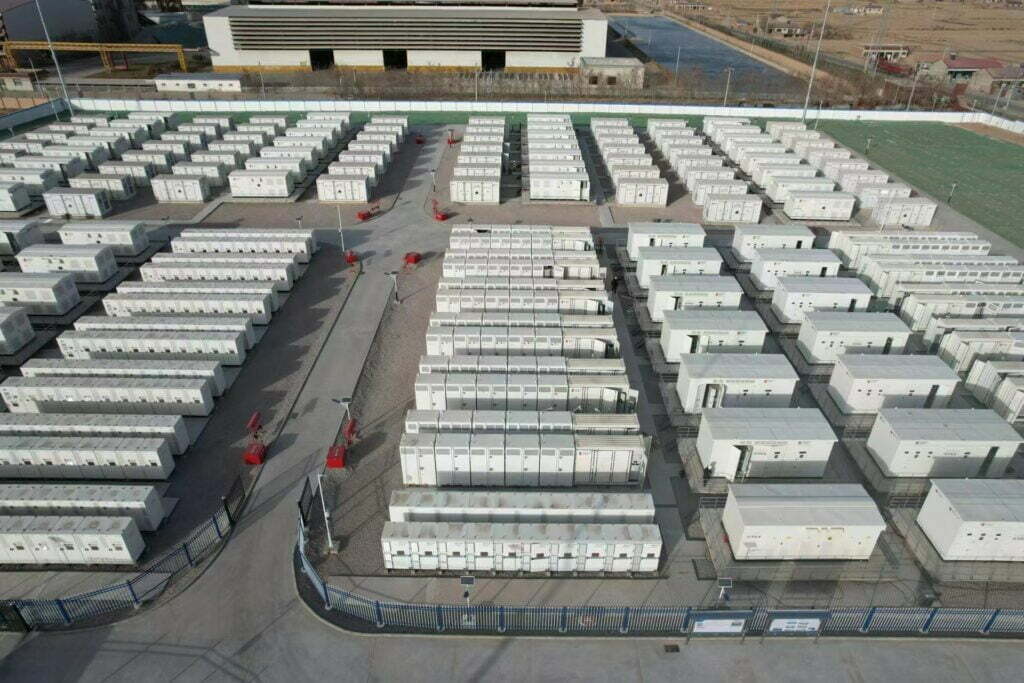
A 200MW/400MWh battery energy storage system (BESS) has gone live in Ningxia, China, equipped with Hithium lithium iron phosphate (LFP) cells.
The manufacturer, established only three years ago in 2019 but already ramping up to a target of more than 135GWh of annual battery cell production capacity by 2025 for total investment value of about US$4.71 billion, announced the project’s commissioning yesterday.
The project was connected to the grid earlier this month, through a system integrator called ROBESTEC, about which little information appears publicly available. However, it is understood that although Hithium makes and provides complete BESS solutions as well as cells, in this case it was the cell supplier.
The facility stores energy at times of abundant generation from solar PV and wind, putting it into the grid during times of peak demand. It will also help regulate grid frequency.
At this year’s RE+ 2022 solar PV and energy storage trade show in California, Hithium launched its new 300Ah prismatic cell and a 46mm cylindrical cell, touting the prismatic cell’s capability to go through 12,000 cycles in its lifetime and to operate without capacity fade for the first three years of use. Those will be on the US market by Q1 2023.
Xiamen Hithium Energy Storage Technology, to give the company its full name, is one of a growing number of Chinese battery manufacturers making LFP cells and with products dedicated to the stationary BESS market.
In an interview earlier this year, featured in Vol.32 of our quarterly journal PV Tech Power, industry analyst Cormac O’Laire said that annual production capacity of BESS-specific cell factories in the country will reach more than 200GWh by 2025.
That, O’Laire said, should be enough to cater for global demand from the sector combined with European – and latterly US – companies that are scrambling to build up manufacturing of their own, but which would be nowhere near capable of meeting that demand independently of China.
Furthermore, O’Laire, senior manager for market intelligence with Clean Energy Associates (CEA), said that with more than 5 million tonnes of LFP cathode active material (CAM) capacity expansions announced in China, equivalent to about 2TWh, there is a strong possibility LFP could be a surplus market as early as 2024.
While recent soaring prices of materials including lithium carbonate have put upward pressure on battery costs, BloombergNEF’s recently published annual survey of battery pack prices found LFP packs are still on average 20% cheaper than nickel manganese cobalt (NMC), even with a higher proportion of lithium carbonate being used in LFP production.
There are also reportedly concerns in China about NMC for stationary applications, with LFP perceived to be the safer choice.
According to official Ministry of Industry and Information Technology statistics, China’s production output of lithium-ion batteries for energy storage reached 32GWh in 2021, a 146% increase from 2020.
As well as being the world’s manufacturing centre for batteries, China is also the country most involved in the entire lithium battery value chain, as highlighted and analysed recently by BloombergNEF.
Downstream, the country is targeting 30GW of non-hydroelectric energy storage deployment by 2025, and 120GW of new pumped hydro by 2030.


